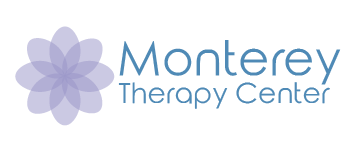The history of hypnosis has been around for centuries originating from the Father of Modern Hypnotism, Franz Anton Mesmer (1734-1815) and Dr. James Braid (1795-1860). Many more physicians and surgeons became interested in the unique possibilities of how hypnosis could be used in conjunction with medicine to treat illnesses and symptoms with their patients. Carl Jung (1875-1961), Sigmund Freud (1856-1939) and Joseph Breuer (1842-1925) each were intrigued with the effects of suggestion to the unconscious mind. Although Freud later determined that dreams through sleep are another form of an altered state of consciousness and went on to publish “The interpretation of Dreams,” yet Jung studied Paracelsus and recognized a collective consciousness. The ancient practitioner Paracelsus (14936-1541) observed magnetic effects of animals on each that was later used in Mesmer’s animal magnetism. More historical names relating to hypnotherapy are; Precursors, Pierre Janet, E`mile Cou`e, Clark L. Hull, Milton Erickson, and Dave Elman.
Hypnosis terminology; hypnotic induction, trance, power of suggestion, hypnotherapy, mentalism, concentration, awareness, state of consciousness, altered state of mind, role enactment, attention, suggestibility and more. The theory of hypnosis is using the power of suggestion to be introduced when a patient is relaxed in a hyper state of consciousness that induces commands that produce results in the client’s sub-consciousness. Hence; a state of relaxation and the power of suggestion create effective behavioral change. Understanding how hypnosis works is not important what is important is that the client is ready for change and commits to the hypnosis session before beginning.
Hypnosis has many uses. Just to name a few and most common sessions are: Smoking Cessation, Weight Loss, Stress Management, Nail Biting, Athletic Performance, and Study Skills for Academic Improvement, Motivation, and Pain Management (with physician referral). It is essential that if a client has one or more of the following a physician or psychiatrist referral is recommended. These include mental disorder according to the Diagnostic Statistical Manual of Mental Disorders Fifth Edition, epilepsy (for light and sound sensitivity), and pain management conditions related to physiological origin. Hypnosis is a non-invasive technique and is proven safe and effective in treating ailments and inducing positive results.
